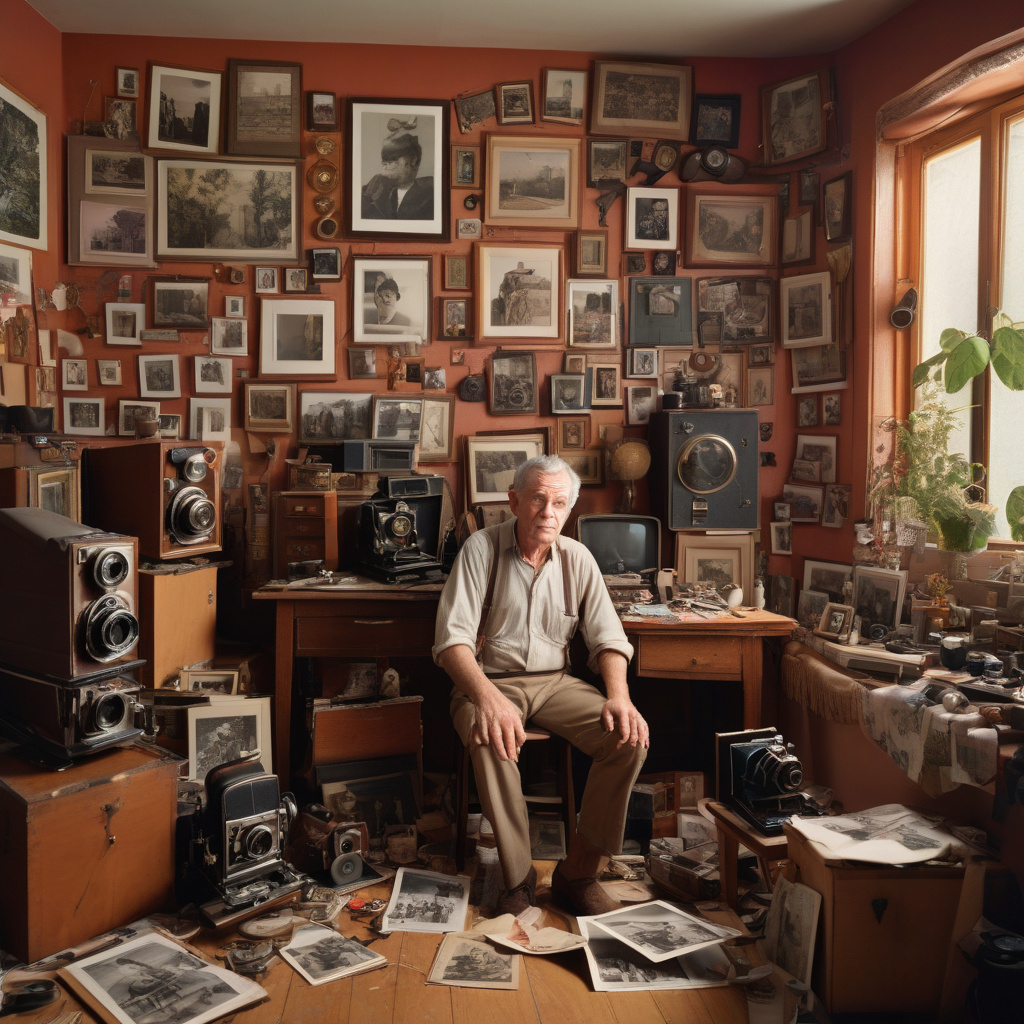Photographer Charles O’Rear, the mastermind behind the serene Windows XP ‘Bliss’ wallpaper, recently revealed his conflicting emotions regarding the monumental deal that propelled his image to global fame. Back in 1996, O’Rear captured the breathtaking landscape that would become synonymous with Microsoft’s operating system. Little did he know that his photograph would adorn millions of screens worldwide, becoming one of the most viewed images in history.
Despite the widespread recognition and acclaim that ‘Bliss’ garnered over the years, O’Rear now finds himself grappling with a tinge of regret over selling the rights to his masterpiece. The allure of a lucrative agreement may have clouded his foresight, leading to a sense of longing for what could have been had he retained ownership of such an iconic piece of art.
This poignant revelation from O’Rear serves as a stark reminder of the delicate balance between artistic integrity and commercial success in the digital age. While the financial rewards of licensing a work to a tech giant like Microsoft can be substantial, the intangible value of preserving creative control and ownership is immeasurable.
In an era where digital content is king, O’Rear’s experience underscores the importance of artists and creators safeguarding their rights and carefully weighing the long-term implications of striking deals that may compromise their artistic legacy. The allure of instant gratification must be tempered with a strategic mindset that prioritizes artistic autonomy and longevity over short-term gains.
As professionals in the IT and development sphere, we can draw parallels from O’Rear’s story to our own work. Just as he navigated the intersection of art and commerce, we too encounter situations where commercial interests collide with creative pursuits. Balancing these competing demands requires a keen awareness of our values, goals, and the potential impact of our decisions on the trajectory of our careers.
Ultimately, O’Rear’s introspection invites us to reflect on our own professional journeys and consider how we can strike a harmonious chord between innovation, profitability, and artistic fulfillment. By learning from his experience, we can steer our careers towards a path that not only yields financial rewards but also preserves the essence of our creative vision for generations to come.
In conclusion, Charles O’Rear’s introspective revelation about his iconic Windows wallpaper serves as a poignant reminder of the enduring tension between artistic expression and commercial success. As IT and development professionals, we can glean valuable insights from his story to navigate our own career trajectories with a nuanced approach that balances innovation, profitability, and creative integrity. Let us heed O’Rear’s cautionary tale and strive to forge a professional legacy that stands the test of time, much like the timeless beauty of the ‘Bliss’ wallpaper itself.

